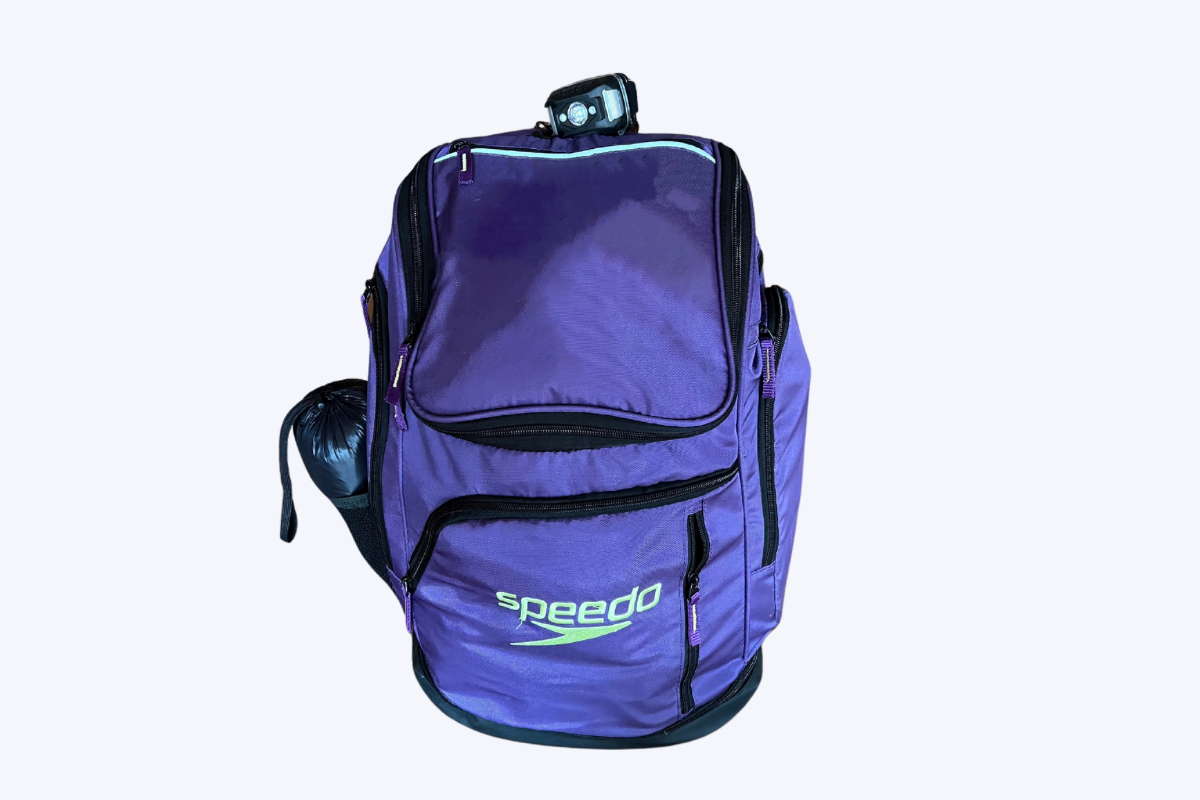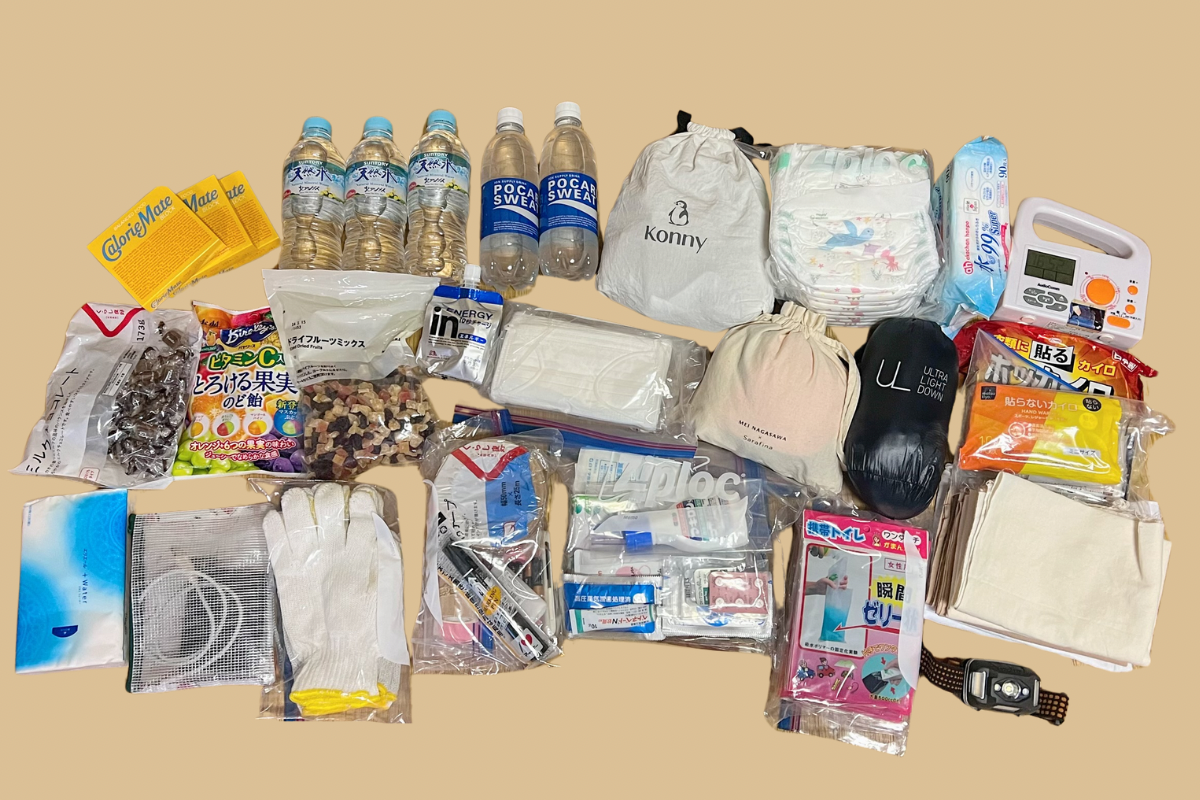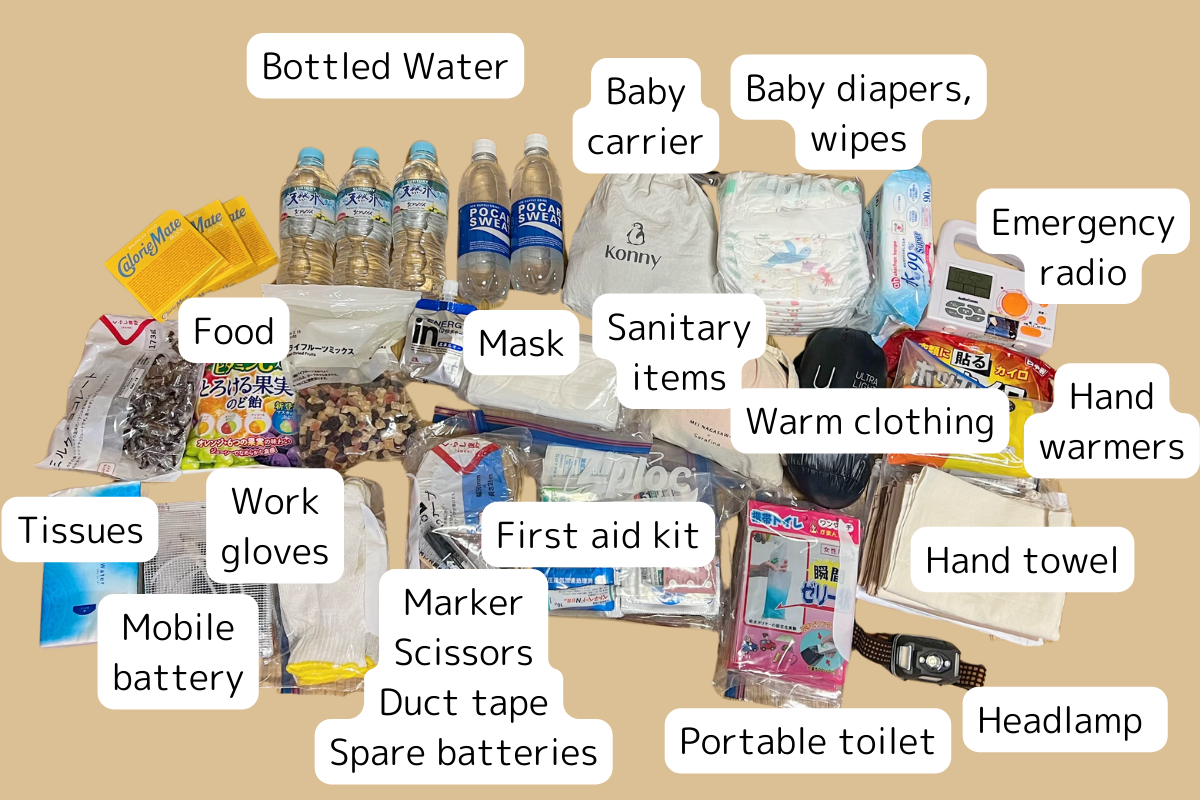
Japanese people are always prepared for earthquakes.
On January 1, 2024, a significant earthquake occurred in Japan.
Japan is a region prone to earthquakes, and we are always prepared for them. Inside our homes, we secure furniture to prevent it from toppling during an earthquake. At the entrance, we always have an Emergency Bag ready for evacuation.
This is the Emergency Bag that I have prepared.


Inside the Emergency Bag, the following items are included:
- Bottled Water
- Food (chocolates, dried fruits, nutrition cookies, jelly drinks, etc.)
- Mobile battery
- Portable toilet
- Tissues
- Warm clothing
- Hand warmers
- Work gloves
- Mask
- First aid kit
- Hand towel
- Emergency radio
- Headlamp and spare batteries
- Sanitary items
- Duct tape
- Marker
- Scissors
- Baby diapers, wipes
- Baby carrier

In addition to essential disaster preparedness items, we have items for the baby, such as diapers, wipes, and a baby carrier. The marker is used to note evacuation locations on duct tape so that family members who are not together during evacuation can find it. Duct tape can also be used for first aid or securing items.
When an earthquake occurs, we evacuate to designated community shelters like schools. Depending on the location, areas near the sea may head to high ground to avoid tsunamis. If there's a risk of landslides near mountains, we evacuate to safe areas away from the mountains.
After an earthquake, many aftershocks follow. Due to the possibility of our home collapsing, we prepare by storing blankets, spare diapers and wipes, a baby carrier, a portable toilet, water, warm clothing, and shoes for my children and me in the car. Considering the potential need to seek temporary refuge or the ability to move using the car, having these disaster-prepared items in the car can be invaluable. They also prove useful if stranded due to heavy snow or in case of encountering a disaster while traveling.
We keep slippers by our bedside every night.
Considering the possibility of being separated during a disaster, we regularly confirm the location of evacuation shelters as a family.
We provide our children with keychain whistles. In an earthquake where the house collapses, and they are trapped without the strength to shout, they can use the whistle to call for help.
We periodically check and update the contents of the emergency bag as seasons change.
Even with all these preparations, we cannot predict when, where, or how we might be affected by a disaster. While hoping for the best, we want to ensure that our preparations are thorough.